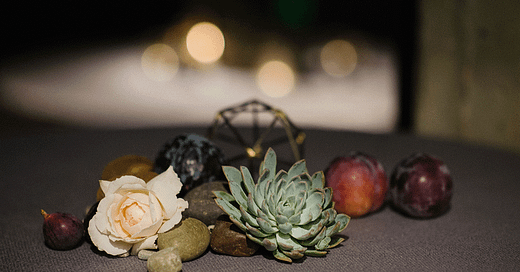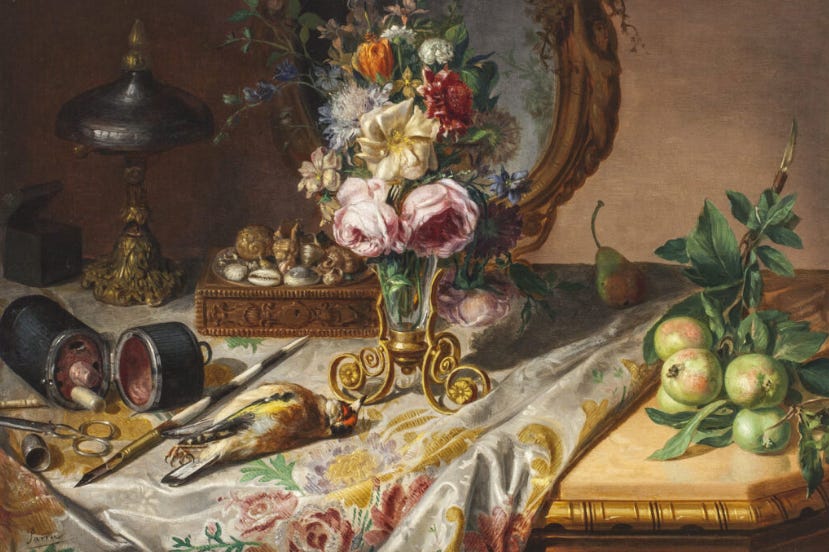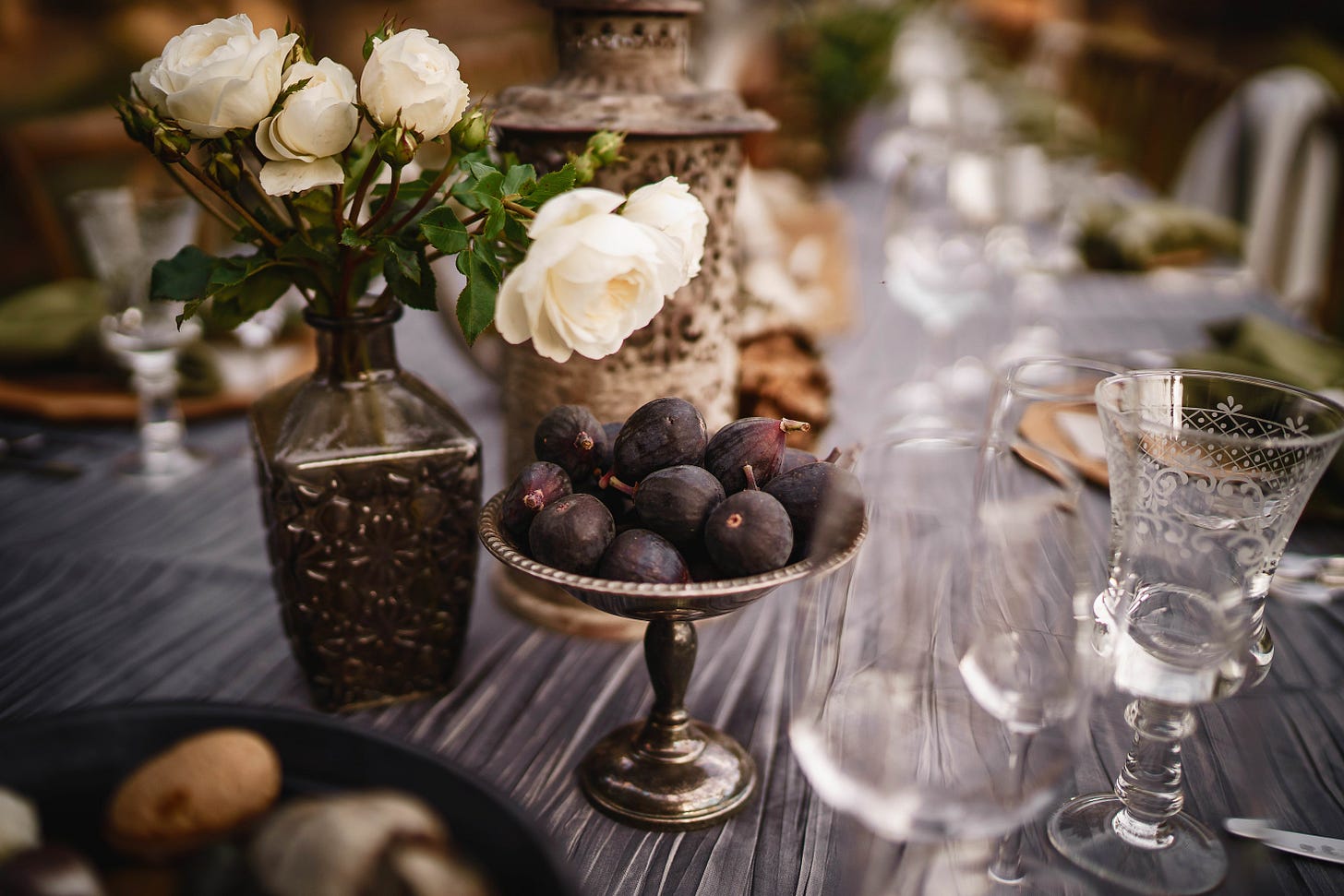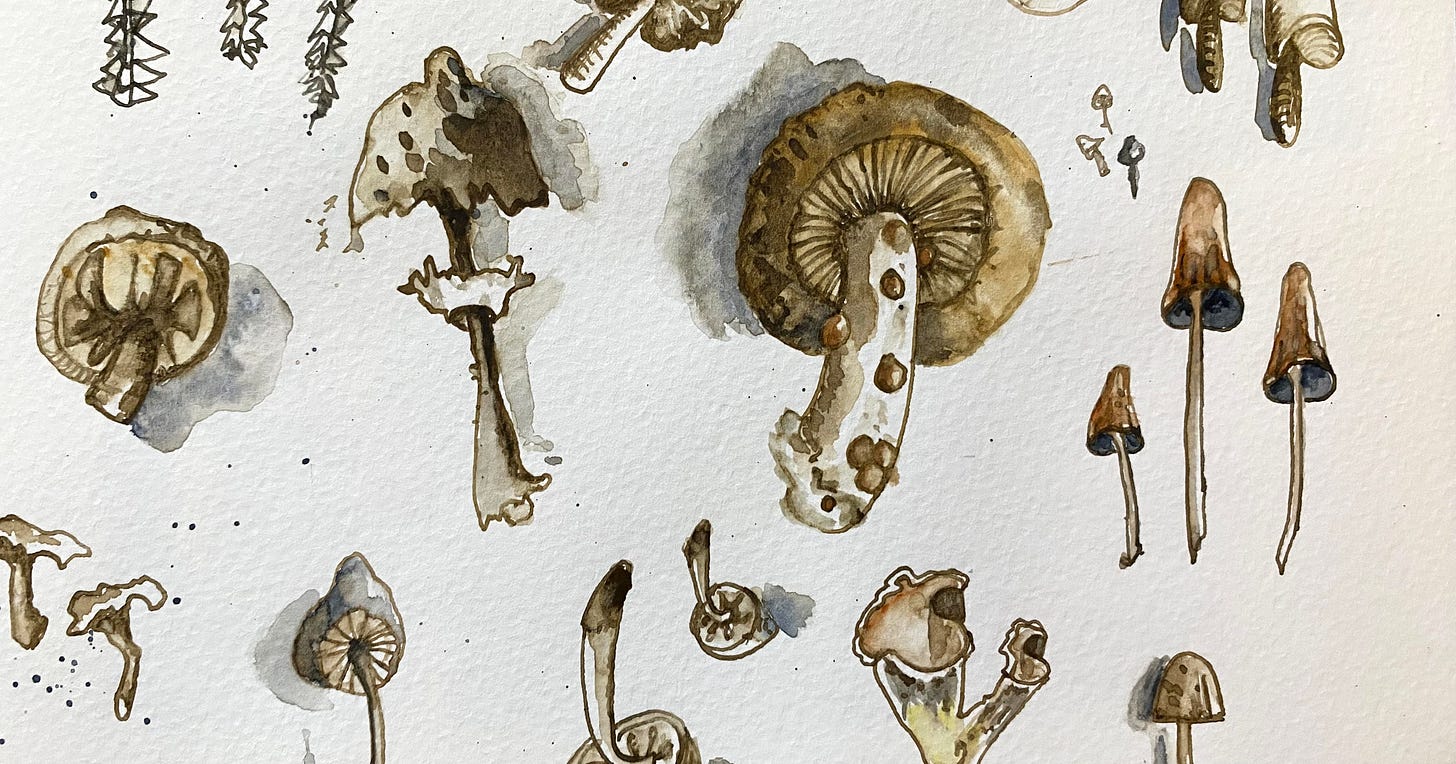Still Life vs. Floral Design
I’ve been thinking a lot about the overlap between still life and floral design lately. Both involve arranging objects—particularly flowers—but how are they different?
Their formal definitions state:
“A STILL LIFE is a work of art, typically a painting, drawing, or photograph, that depicts inanimate objects.”
“FLORAL DESIGN is a creative practice that involves arranging flowers, plants, and other natural materials to create aesthetically pleasing compositions.”
While both still life and floral design can express artistic vision, still life is traditionally considered ART, while floral design is labeled as CRAFT. But why? Is it simply a matter of materials, or is it something deeper? If the final product is a painting, drawing, sculpture, or photo, that makes it art—but isn’t a floral design a living sculpture?
But maybe we’re asking the wrong question. Instead of debating ART vs. CRAFT, what if we look at it differently—when does a floral arrangement become a still life? I think the answer lies in the use of unusual elements.
Throughout my event design career, the impact of material juxtapositions has been clear to me. When you combine a pile of river stones, a few plums, a succulent, and a single garden rose, you have something vastly more interesting than a standard arrangement of greenery, filler flowers, and focal blooms.
These amazing mushrooms caught my eye at the local farmers market the other day. Their colors, textures, and natural groupings reminded me of a still life painting—so why not treat them like one? It felt right to dust off my clippers, pull out a pin frog, and play.
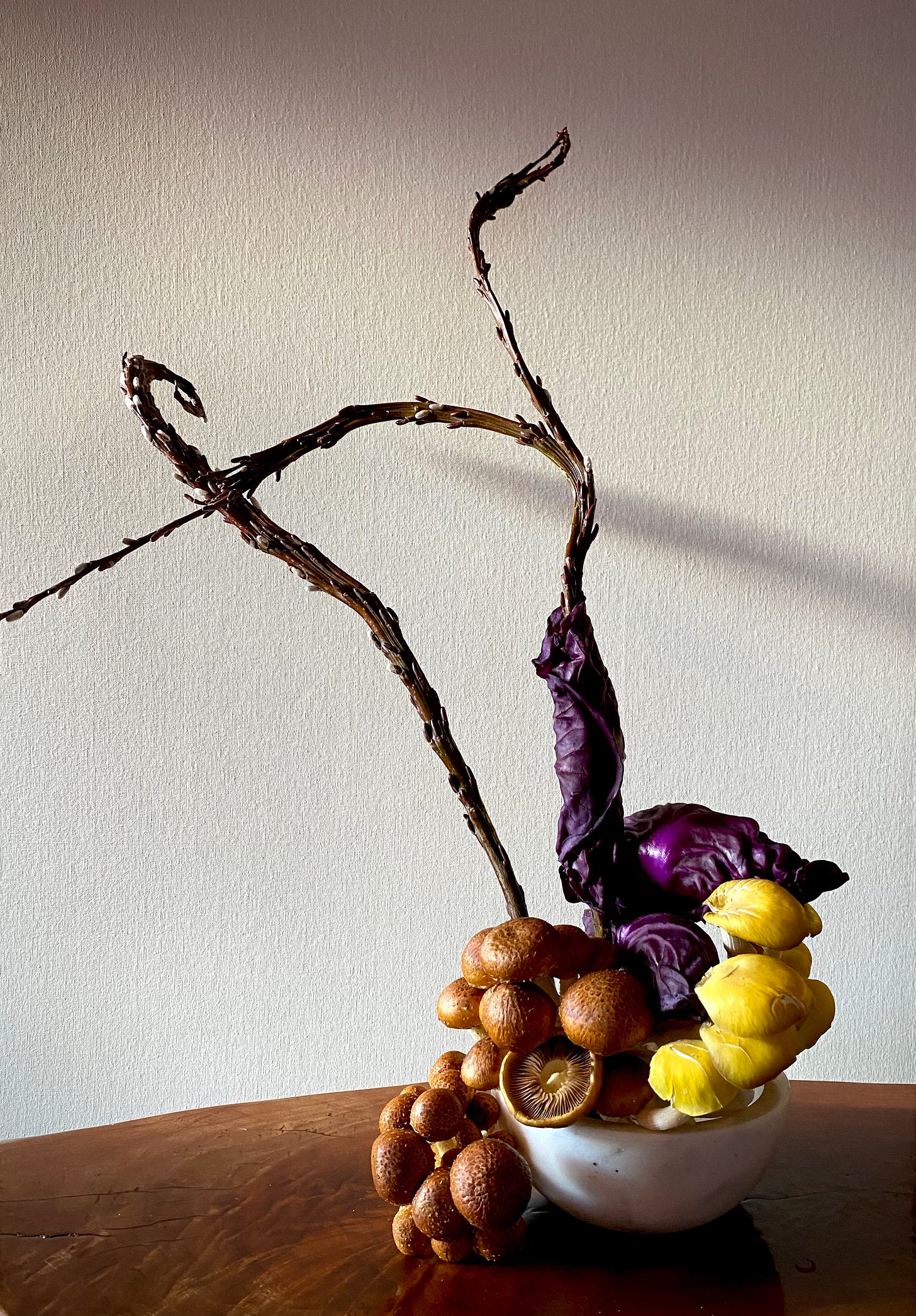
Mushrooms are such a perfect symbol of hidden potential—waiting underground, quietly preparing for the right moment to emerge. That idea of unseen fertility reminds me of Lupercalia, the ancient Roman festival we discussed last week. Just as fungi ripen beneath the surface before bursting into view, so much in nature (and in creativity) is quietly preparing for its next bloom. Fertility in mid-February indeed.
The complex life cycle of a mushroom has five stages: spore, germ, hyphae, mycelium, and the fruiting body. Spores are carried by wind or water until they land on a surface that’s just right—then they labor through three more stages, waiting for conditions to be perfect before turning into the part we recognize as a mushroom 🍄🟫.
Upcoming Classes in California
With all this inspiration—investigating still lifes, experimenting with new EcoPrinting techniques, and sourcing unexpected elements—I can’t wait to bring these ideas into my upcoming workshops!
In just two weeks, I’ll be back in California, teaching at the amazing Fiber Circle Studio in Petaluma for the first time, alongside my regular workshops at MYSTIC Mill Valley. If you’re in the Bay Area, I’d love to see you!
🌟 You can find the schedule and sign up here on my website.
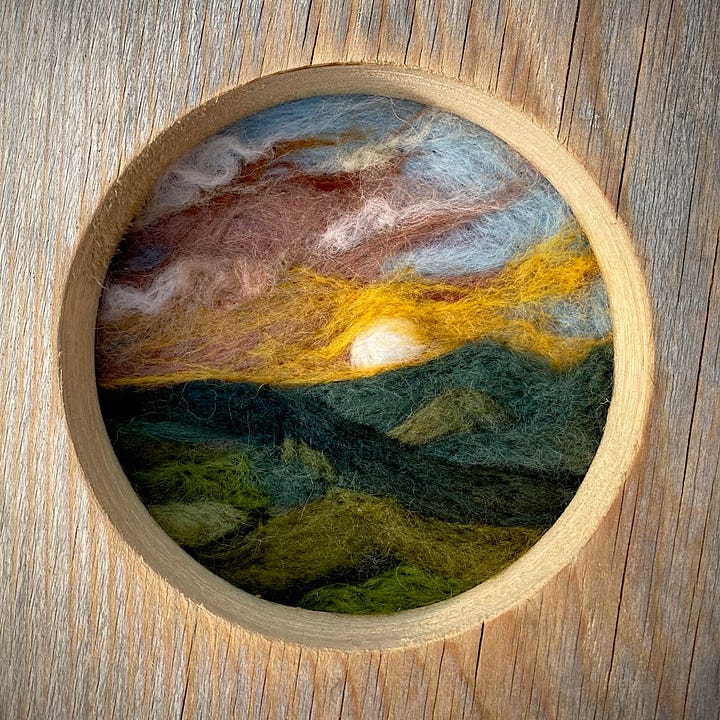
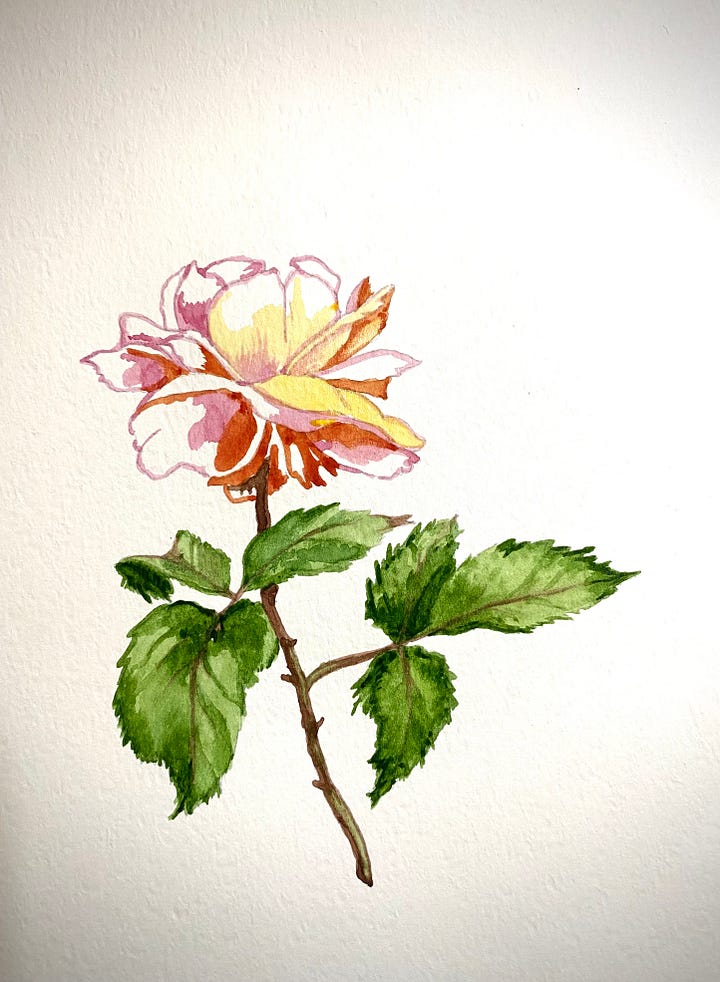
🌟 Returning Students get a discounted rate for each wool class at MYSTIC!
🌟 Need a scholarship or want to offer your student discount to a friend? Please don’t hesitate to reach out.
👉 Interested in hosting a workshop at your home or business? Reach out!
♥️ Protect the Delicate | Discover the unseen | Value the overlooked 🤓


